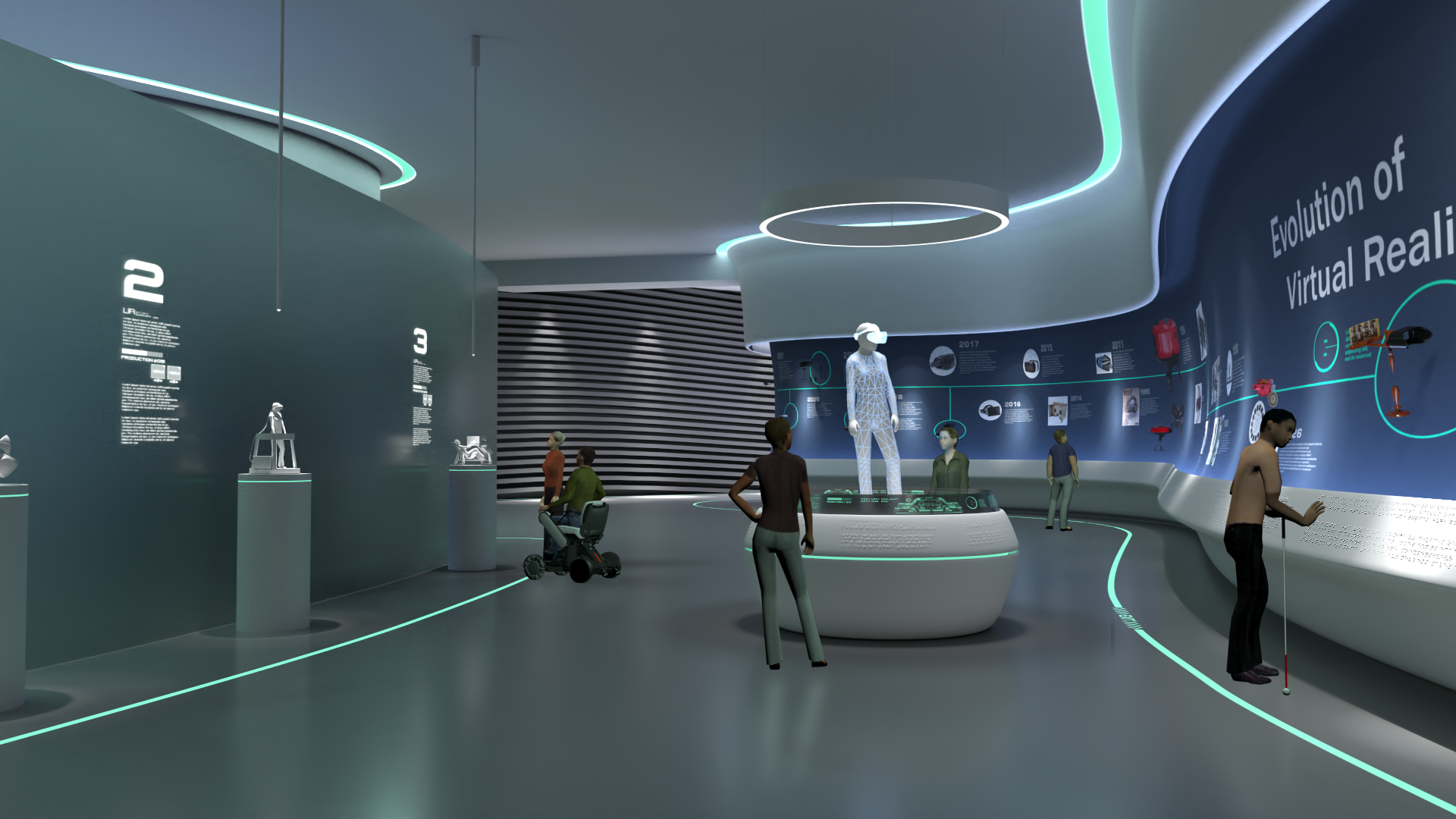
- Virtual sensors
Annotated Bibliography
COPY currently shown bibliography
Feng Zhou, Areen Alsaid, Mike Blommer, Reates Curry, Radhakrishnan Swaminathan, Dev Kochhar, Walter Talamonti & Louis Tijerina (2022) Predicting Driver Fatigue in Monotonous Automated Driving with Explanation using GPBoost and SHAP, International Journal of Human–Computer Interaction, 38:8, 719-729, DOI: 10.1080/10447318.2021.1965774
- Research indicates that monotonous automated driving increases the incidence of fatigued driving. This paper worked to predict driver fatigue with explanations, a combination of Gaussian Process Boosting (GPBoost) and SHapley Additive exPlanations (SHAP) to predict driver fatigue with explanations. This advanced explainable driver fatigue prediction model offered insights into how to intervene in automated driving when necessary, such as during the takeover transition period from automated driving to manual driving.
Gomez, Juan Diego and Mohammed, Sinan and Bologna, Guido and Pun, Thierry. 2011.Toward 3D scene understanding via audio-description: Kinect-iPad fusion for the visually impaired. In The proceedings of the 13th international ACM SIGACCESS conference on Computers and accessibility (ASSETS '11). Association for Computing Machinery, New York, NY, USA, 293–294. https://doi.org/10.1145/2049536.2049613
- Computer vision based framework for real time object localization and audio description to provide color and depth perception using Microsoft kinect 3D motion sensor.
Sixth Sense Technology: Life Beyond Physical Senses
https://www.analyticssteps.com/blogs/sixth-sense-technology-life-beyond-physical-senses
- The article illustrates what sixth sense technology is - hand gesture recognition, image capture, processing, and manipulation. It also elaborates on the working process, applications, and threats.